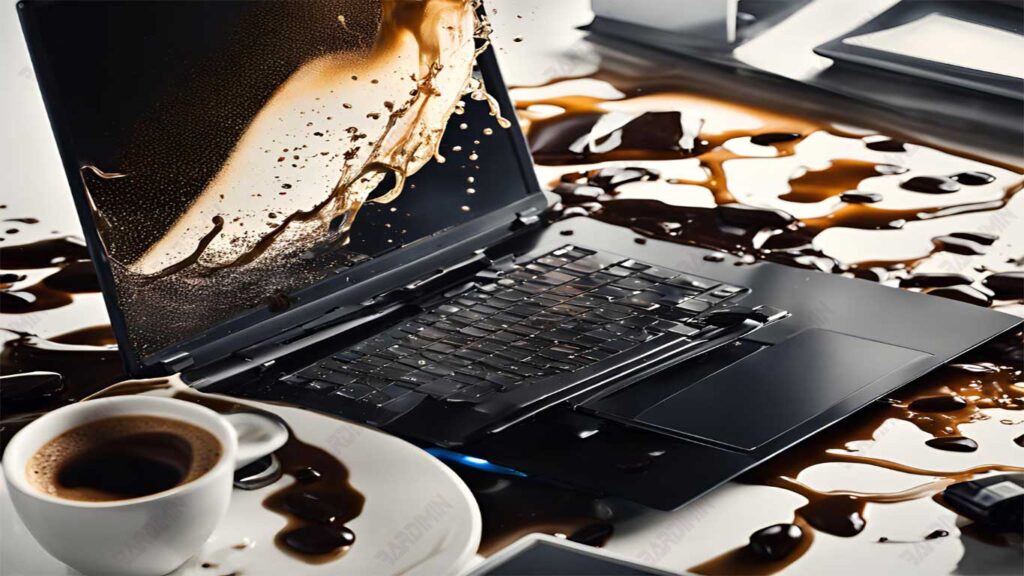In the digital era, laptops have become vital professional, educational, and entertainment devices. Keeping the laptop in optimal condition is essential to prevent activity interruptions and data loss.
Users often face issues such as:
- Scratched Screen
- Low Battery
- Charger Cable Peeling
- Overheating
- Liquid Spill

Overcoming Scratched Screens
Scratched laptop screens can interfere with the visual experience and reduce comfort when using the device. However, with a few easy steps, you can fix the scratched screen display.
Initial Cleaning
Before carrying out repairs, it is very important to clean the scratched area so that no dust or dirt obstructs the repair process. Here are the steps that can be followed:
- Take a clean, slightly damp microfiber cloth.
- Gently wipe the scratched area with the cloth to remove dust and dirt. Make sure the cloth is not too wet so as not to damage the components in the screen.
- Use another dry microfiber cloth to wipe off any remaining moisture on the screen.
Using a Pencil Eraser
For light strokes, you can try using a pencil eraser. This method is quite effective and easy to do:
- Use a clean, soft pencil eraser.
- Gently rub the eraser into the scratched area in the direction of the stroke. Do this slowly and repeatedly until the scratches begin to fade.
- After a few rubbings, check if the scratches have reduced or disappeared.
Using Petroleum Jelly
For deeper scratches, petroleum jelly can be used to fill and disguise the scratches:
- Make sure the area around the scratch is as clean as the initial cleaning step.
- Take a small amount of petroleum jelly with a clean finger and gently press it into the stroke. Make sure the jelly gets into the scratch gap.
- Use a microfiber cloth to remove excess petroleum jelly around the scratch, so that only the scratch remains.
- Over time, petroleum jelly may fade; You can repeat this process as needed.
Data Access on Laptops with Broken Screens
When a laptop screen is damaged, accessing important data can be difficult. However, there are a few steps you can take to connect your laptop to an external monitor and back up your data securely.
Connecting to an External Monitor
Connecting a laptop to an external monitor is an effective solution for accessing data when the laptop screen is not working. Here are the steps you need to follow:
- Check the back or side of your laptop to find the appropriate port. Generally, laptops come with VGA (15 pins in three rows) or HDMI ports for connection to monitors.
- Get a suitable cable (VGA or HDMI) to connect the laptop to an external monitor. If you don’t have the cable, you can borrow it or buy it at your local electronics store.
- Before connecting the cables, be sure to turn off the laptop to prevent further damage.
- Connect one end of the cable to a port on the laptop and the other end to the port on the external monitor.
- Turn on the external monitor and make sure it is connected to a power source.
- Turn on your laptop. In many cases, the display from the laptop will automatically appear on the external monitor. Otherwise, you may need to press a key combination (such as Fn + F4 or Fn + F5, depending on your laptop model) to switch views.

